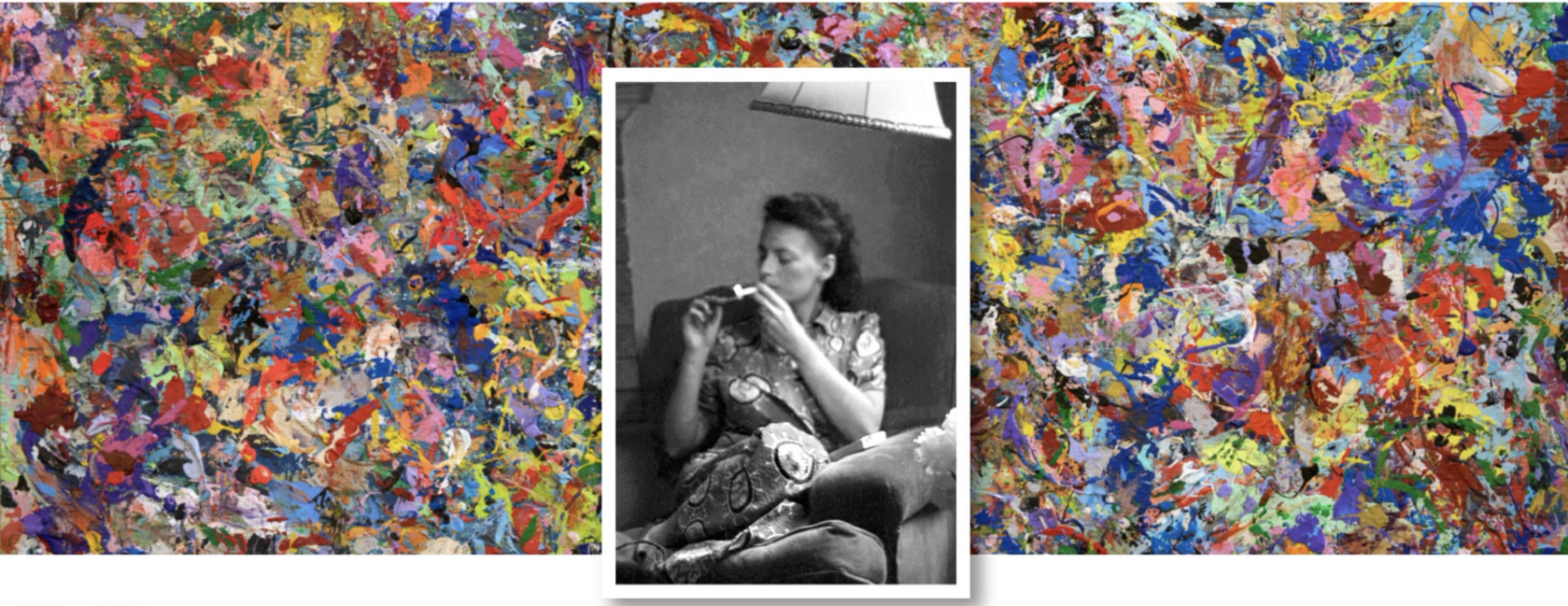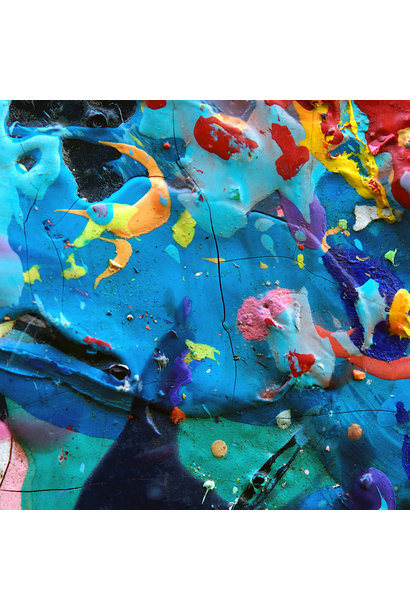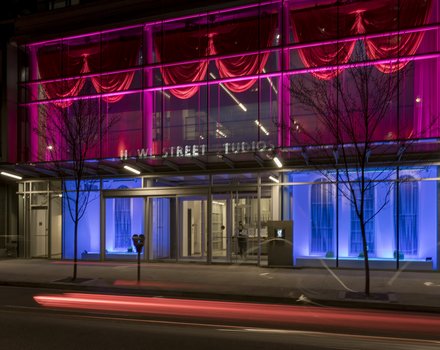

Michael de Courcy Board With Painting
C$ 0.00 Excl. tax
www.michaeldecourcy.com
- File number: EXHI1078
...
EXHIBITION LOCATIONS AND HOURS
1555 Duranleau Street, Granville Island, Wed to Sun, 12pm to 5pm
1265 Howe Street, Vancouver, 24/7 in the windows
View and order prints from the exhibition

My mother was a Sunday painter. At art school, wanting to paint, I tried and tried. I liked the idea, I just couldn’t sustain interest in the process.
I wasn’t resistant to process itself, it was the tyranny of tradition that really scared me off. When I left art school I began to see photography as being instantly reflective of the world. A way to process imagery where tradition didn’t interfere and I didn’t need to work my way through thousands of years of art history. When I got into photography it was only slightly over 100 years old. I couldn’t see the point of painting when a photograph could be a truer depiction of what I saw. A photograph was a trace of the real world and it connected me with that world.
In the mid 1960s I worked in the basement of the Hudson’s Bay Company in Vancouver where my job was to ‘pull prints’ for store signage. I learned how to screenprint.
I viewed screenprinting as a way of publishing and distributing my photographic images. For me, screenprinting was an extention of photography; photography was a form of printmaking. Accessibility to multiples let me sidestep the pretention of the singular artwork.
My first experiment with screenprinting came at the tail end of a project called Aireal View. Commissioned by the Federal Department of Public Works in 1971, I was to create a series of artworks for small post offices in BC. My idea was to photograph a dozen representative landscapes of the province from the air — mountains, islands, orchards, rivers — to create franking symbols with which to cancel stamps on outgoing mail. Each symbol would be derived from the landscape surrounding a particular post office. And I could select any post offices I wanted.
I picked ten. The first step was to hire private planes and pilots to fly over each area. Driving through small towns within BC with my young family in tow, I would cruise into the local gas station and ask “Does anyone around here have a small plane for hire?” Soon I would be flying over the Rockies with only one engine or bouncing along some farmer’s hayfield at 6:00 am with a guy who had been partying all night before. Leaving my wife and two-year-old daughter at the motel, I was fully prepared never to see them again.
In the end, the Postal Authority found the project to be too far-out.They just couldn’t understand it. Until this time, the only artwork found in post offices in Canada was a portrait of the Queen. The 4x5 foot murals ended up in the National Archives in Ottawa.
Not wanting to give up on the project, I sold the idea to a different branch of the government — the National Film Board of Canada. I made simple black and white screenprints of the ten images. After all, I was a black and white photographer, and colour was completely foreign to me. My introduction to it came with the Lions.
Vanishing View of the Lions, (the Lions being an iconic duo of mountain peaks visible above Vancouver’s North Shore) was a series of nine screenprints commissioned by the City of Vancouver in 1974. I had to figure out how to recreate the colour of the mountains as I had seen them, radiant under fresh snow, set into the green and brown of the foreground below. I would proof a colour, then run outside and hold the print up against the sky to see if the values were right. That seldom worked.
Fifteen years later I was getting it right. By then I must have made thousands of prints, for myself and other artists.
In those days the oil-based inks I used were brilliant. Every colour I printed was a custom colour. Seemingly endless versions were proofed before I was happy with the results. I used a lot of ink.
A slab of plywood was the palette where every colour decision was made. Nothing ever being cleaned off, the surface on the mixing table became thicker and thicker. Each new print edition meant a new layer of ink spatters and pools.The same colours that were so immaculately laid on paper, lived on the board in messy abandon.
Visitors to the studio were invariably attracted to this flashy palette. It was being admired for it’s raw beauty rather than it’s longstanding utility as a sturdy work surface. It was at that point that I began to think of it as something else.
The board had become my painting.
Michael de Courcy, Vancouver, 2021
Michael de Courcy, born in Montreal in 1944, studied at the École des Beaux Arts in Montreal and the Vancouver School of Art. He has exhibited in many public galleries and museums, including the Vancouver Art Gallery, the Canadian Museum of Contemporary Photography, the National Gallery of Canada, the Museum of Modern Art in New York, Le Consortium art centre in Dijon, and the Walker Art Centre in Minneapolis. In the late 1960s he was a core member of the Vancouver art collective known as The Intermedia Society. Over the past 50 years, grounded in photography, he has worked in various combinations with printmaking, public art, installation, publishing, and web-based media projects.
Recently viewed
-
 Favoriten
Add to cart
Favoriten
Add to cart
Michael de Courcy Board With Painting
C$ 0.00 Excl. tax


